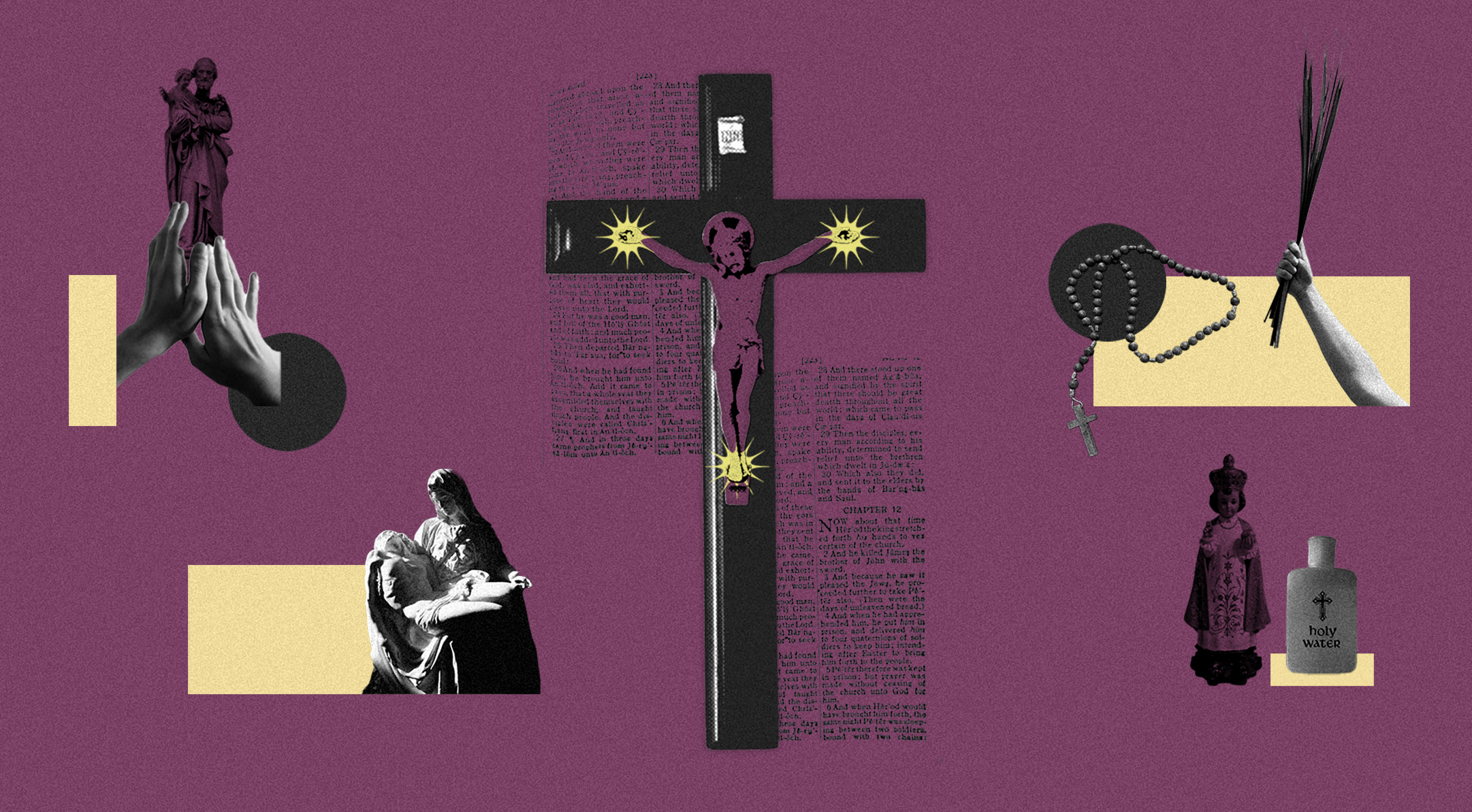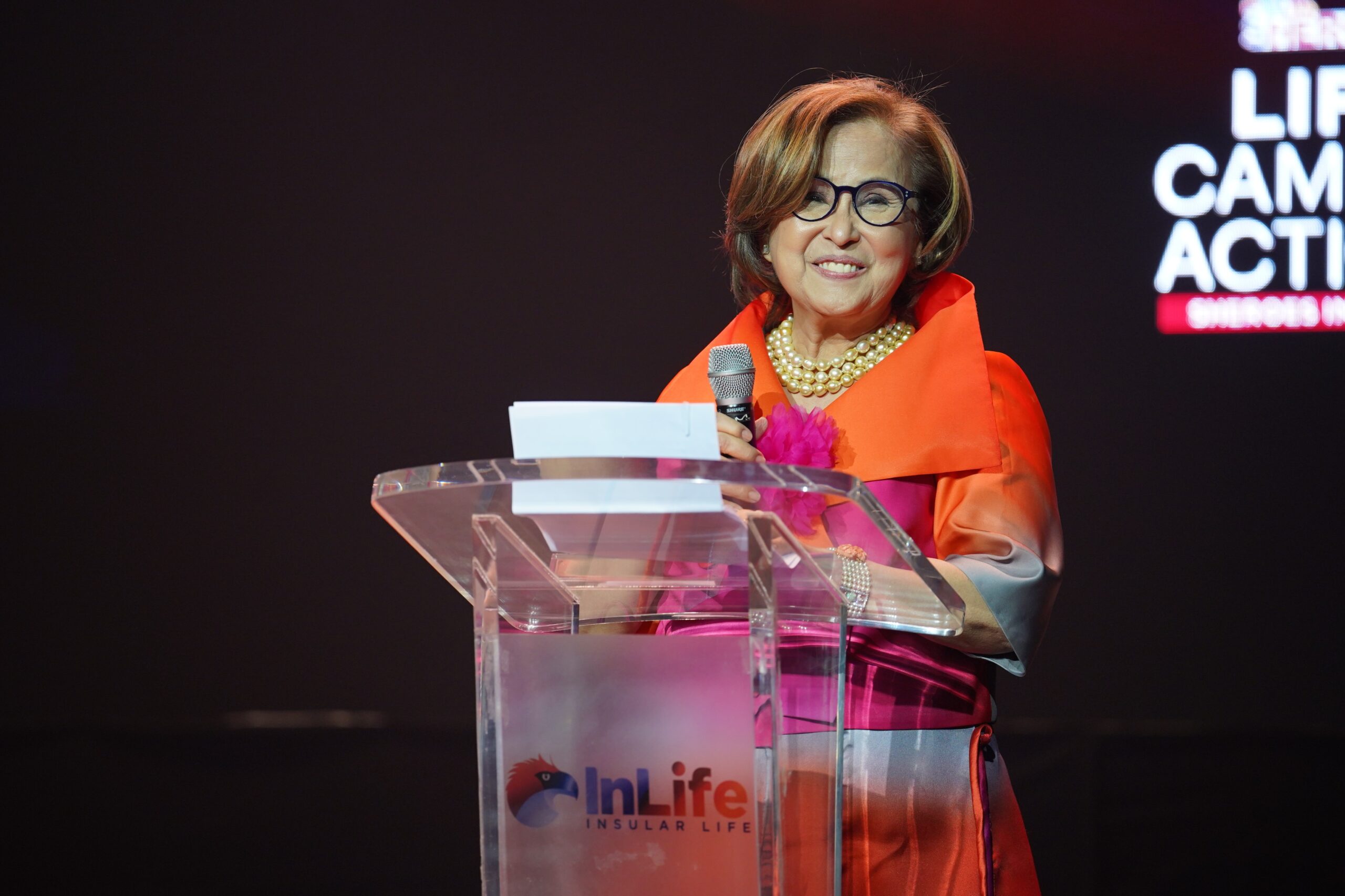
Needy patients with brain diseases and disorders are no longer up against a brick wall. Neuropsychologist Lourdes Ledesma’s brainchild Let’s Save The Brain Foundation can help.
The nonprofit organization, put up to extend the best care to indigent patients confined at the University of the Philippines-Philippine General Hospital’s (UP-PGH) Department of Neurosciences, aims to raise P10 million this year and at least P100 million in five years to fund medicines, laboratory tests and procedures such as brain imaging studies and medical life support systems.
“When somebody has a stroke or any brain-related injury, that person isn’t the only victim,” said Ledesma, speaking before prospective donors during the recent launch of the foundation at Hyatt Hotel and Casino Manila. “Sometimes that person is the head of the household, the breadwinner. When you donate today, you are helping more of our patients enjoy longer, better lives.”
A P1,000 donation would enable one patient at the Neurosciences department to rent a ventilator that would help him breathe and survive for about two days.
A P100,000 donation would enable the department to buy eight aneurysm clips for their patients, effectively treat two fatal infections, allow two stroke victims to receive emergency procedures, help five patients undergo life-saving brain surgeries, and carry out 10 magnetic resonance imaging procedures.
Surviving an ordeal

Majority of the patients at the UP-PGH Neurosciences department have suffered a stroke, and were lucky to have survived the ordeal, but have to live with the fact that their lifetime of memories, abilities and comprehension of the world have already been wiped away.
Few patients have been there for some time, suffering from brain diseases that left them disfigured, unable to live independently.
What brought them to this hospital was the fact that their families can no longer afford to pay for treatment and rehabilitation.
Angelica Ponce, 58, considers herself lucky now that she can slowly move around after having suffered a stroke. “But I cannot afford the P7,000 a month fee that I need to be rehabilitated, not with my bedridden daughter who is confined here because of cerebral palsy,” she said.
Ponce may still be fortunate, considering that about one-third or 167,000 of more than half a million Filipinos who suffer a stroke still die despite hospital intervention.
While the rest will be lucky enough to survive, they will endure partial or complete disability. Full recovery depends on the area of the brain involved and the amount of tissue damaged, as well as timely medical or surgical intervention.
“At any given time, there are around 60 patients confined here,” said Dr. Alvin Cenina, the department’s chief resident. “Apart from stroke—the Neurosciences department sees around 30 emergency cases a day—a number of those confined here are survivors of traumatic brain injury, have epilepsy, hydrocephalus and infections involving the central nervous system.”

He lamented that majority of these patients don’t have the means to pay for the emergency procedures or shoulder the medicines needed for continuing care and rehabilitation.
“Even if we waive our professional fees, these families will still not be able to pay,” said Cenina. “For example, the family of a patient suffering from a ruptured brain aneurysm must shell out at least P12,000, the cost of the clip that must be placed to seal off the leaking artery in the brain. In the case of a patient suffering from a stroke caused by a blood clot, that patient must be given within three hours a drug that costs around P30,000.”
Had these patients gone to a private hospital, they would have spent more than P400,000 for such emergency procedure and subsequent hospitalization.













































